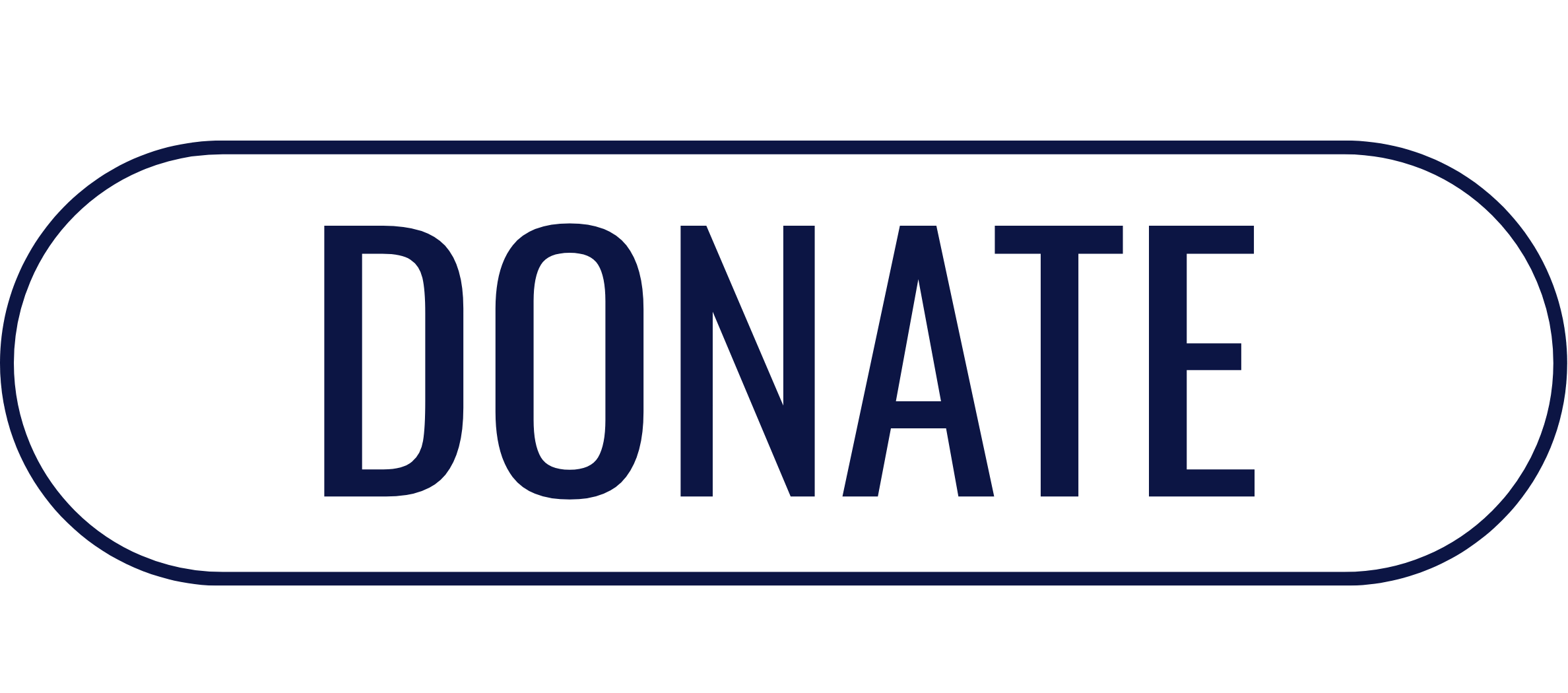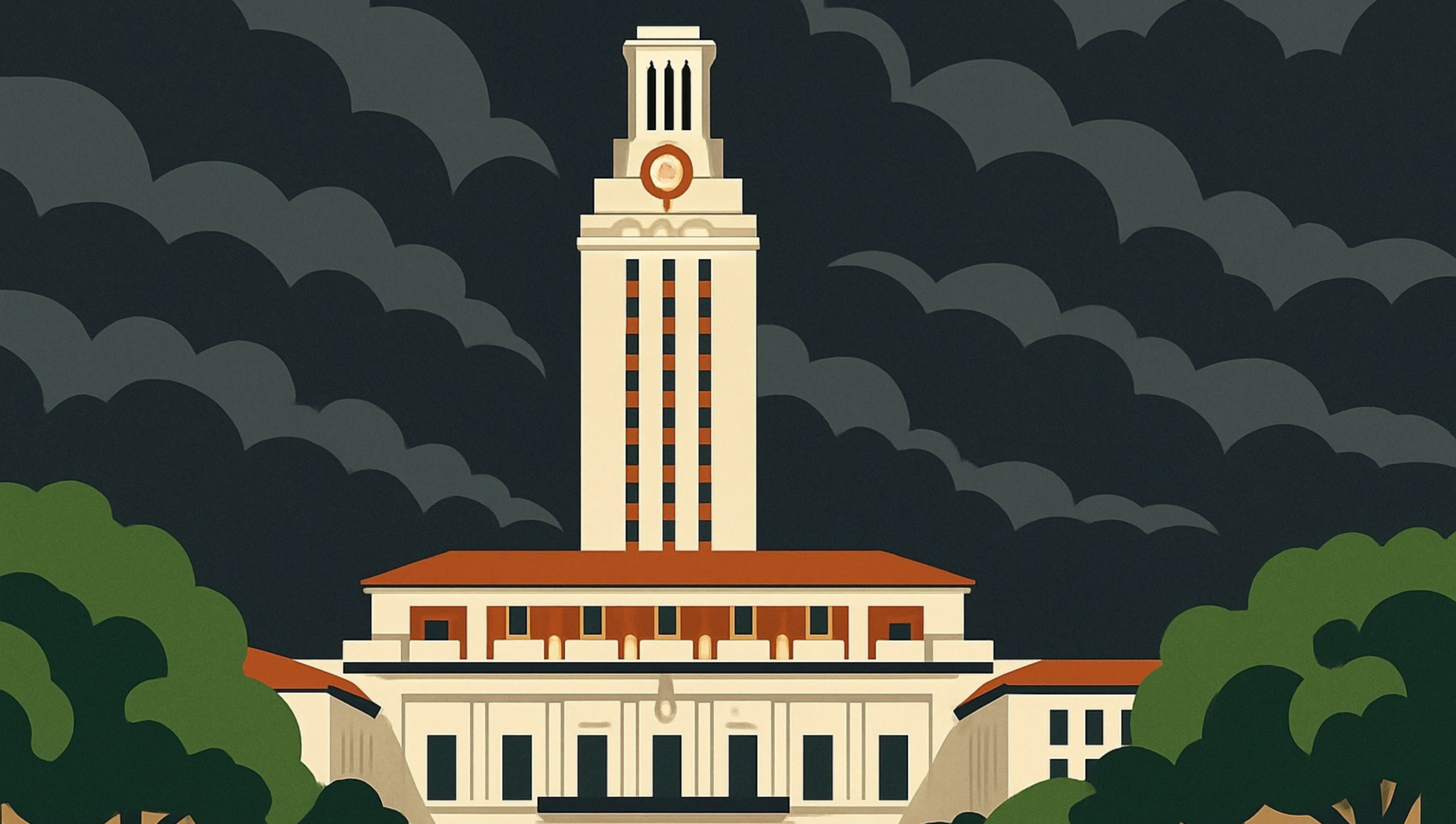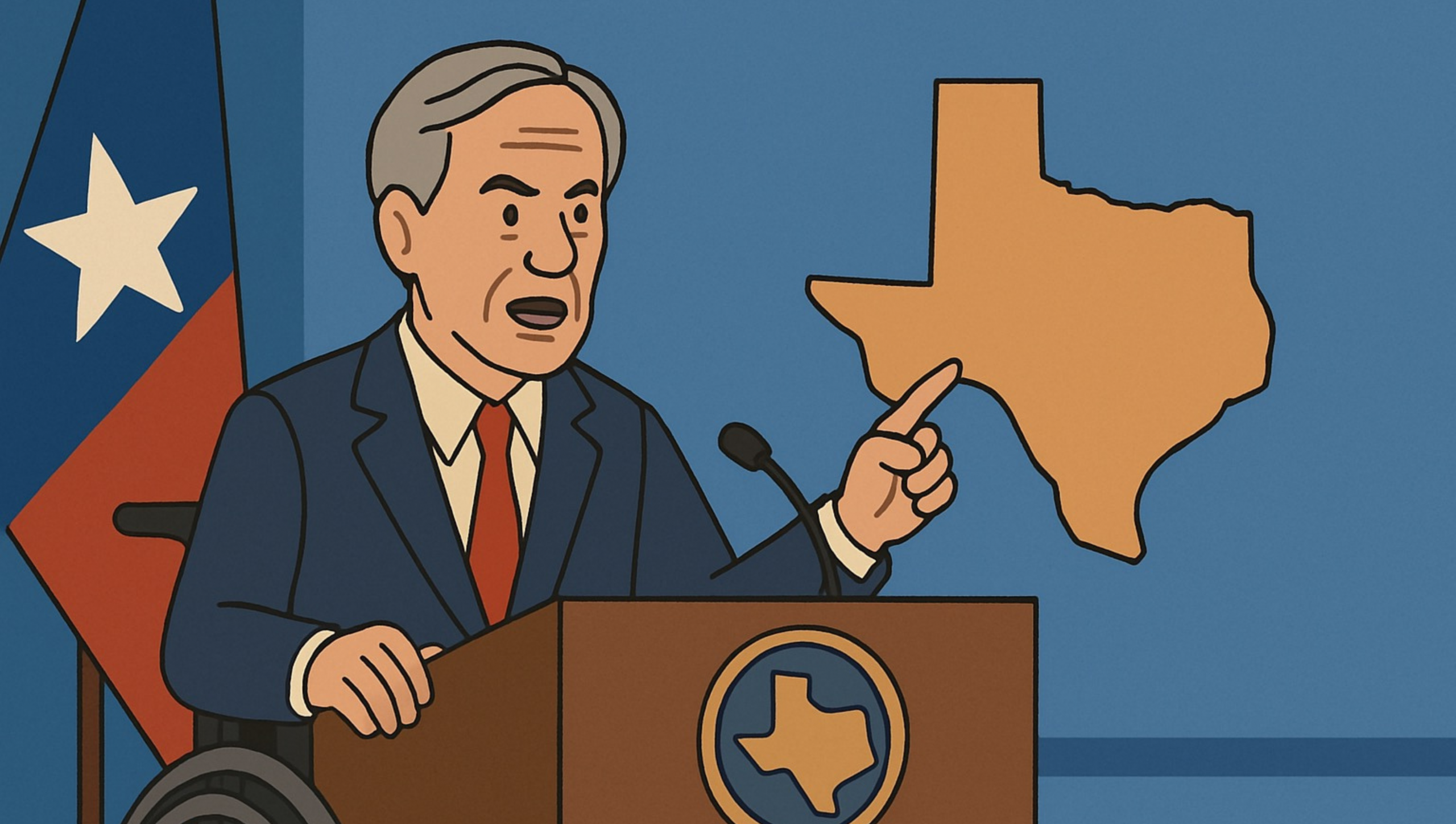The Federal Open Market Committee (FOMC) met today to discuss the state of the U.S. economy and monetary policy. According to recent indicators, the U.S. economy is experiencing modest growth in spending and production, while job gains have picked up in recent months and are running at a robust pace. However, inflation remains elevated, and recent developments will likely result in tighter credit conditions for households and businesses, which may weigh on economic activity, hiring, and inflation.
Seeking to achieve maximum employment and a lowered inflation rate of 2 percent over the longer run, the committee decided to raise the target range for the federal funds rate to 4.75 to 5 percent. The committee anticipates that some additional policy firming may be appropriate in order to attain a stance of monetary policy that is sufficiently restrictive to return inflation to 2 percent over time.
The FOMC will closely monitor incoming information and assess the implications for monetary policy. In determining the extent of future increases in the target range, the committee will take into account the cumulative tightening of monetary policy, the lags with which monetary policy affects economic activity and inflation, and economic and financial developments. In addition, the committee will continue reducing its holdings of Treasury securities and agency debt, as well as agency mortgage-backed securities.
Returning inflation to 2 percent is a priority for the committee. In assessing the appropriate stance of monetary policy, the committee will continue to monitor the implications of incoming information for the economic outlook. If risks emerge that could impede the attainment of the committee’s goals, the committee would be prepared to adjust the stance of monetary policy as appropriate.
The FOMC’s decision to raise interest rates reflects its confidence in the U.S. economy’s growth and the need to manage inflation. However, the decision may also have consequences for households and businesses, as tighter credit conditions could make borrowing more expensive.
Overall, the FOMC remains highly attentive to inflation risks and is committed to achieving its goals of maximum employment and inflation at the rate of 2 percent over the longer run. As the economic outlook evolves, the committee will continue to adjust its policies to ensure it remains on track to achieve these goals.




